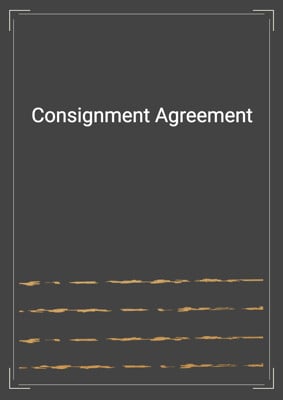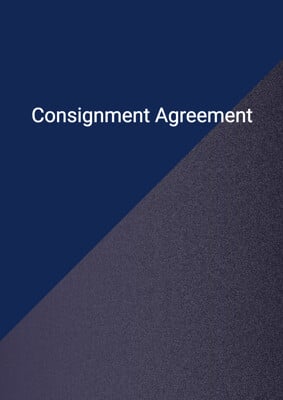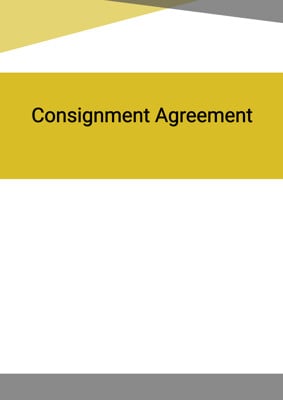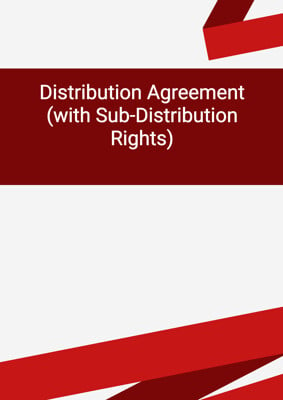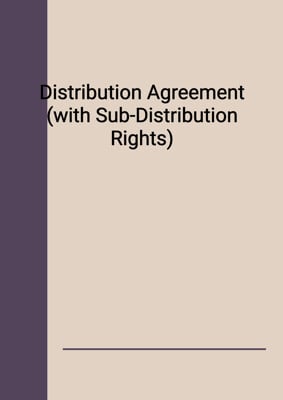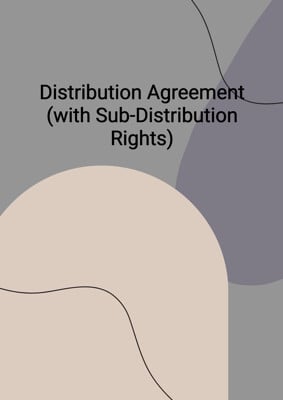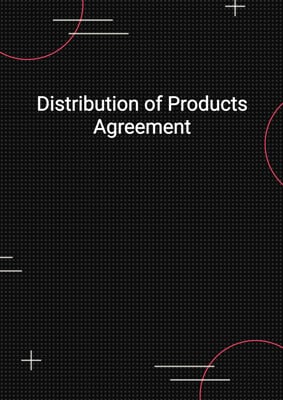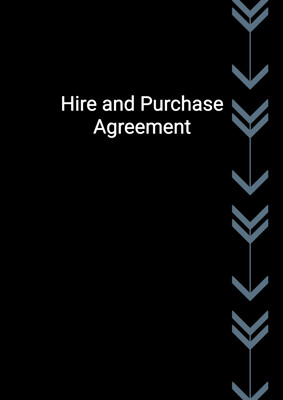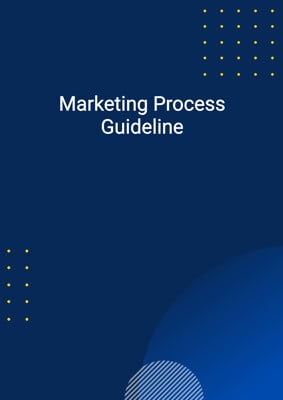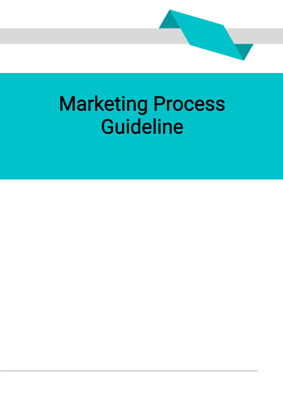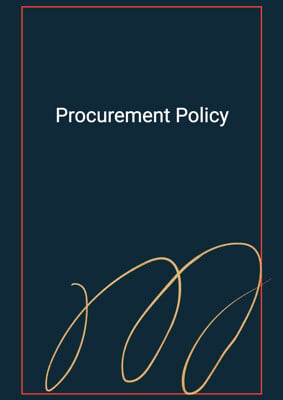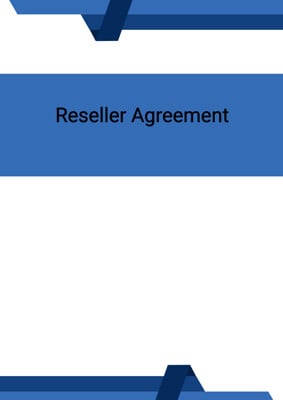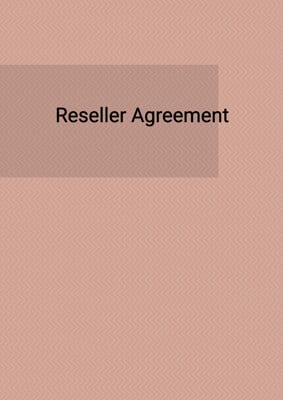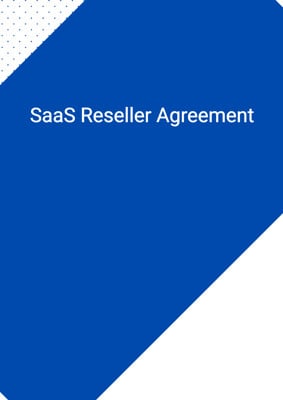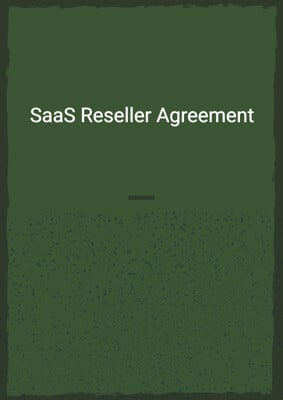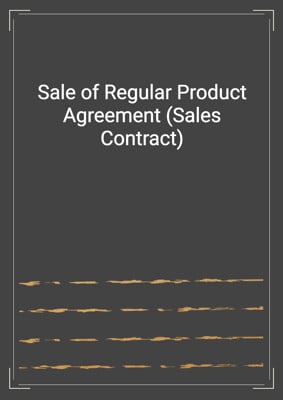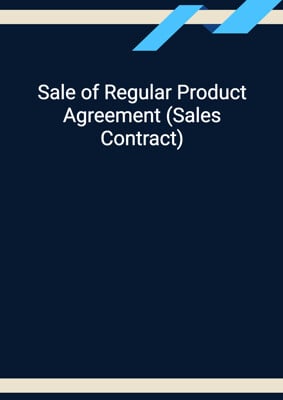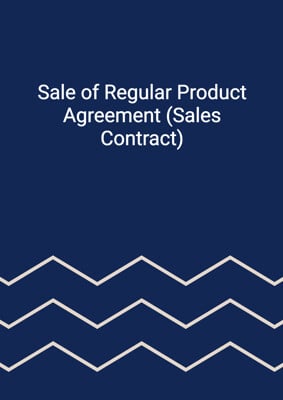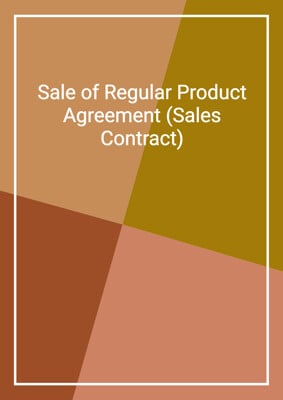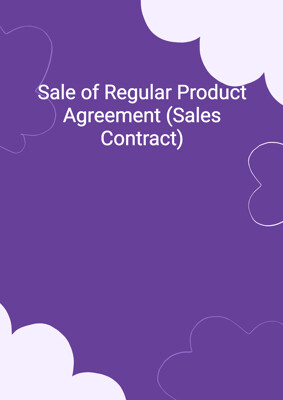How to Tailor the Document for Your Need?
01
Create Document
Fill in the details of the parties. You can click the "Fill with Member’s Information" button to complete it with information saved to your account.
02
Fill Information
Please fill in any additional information by following the step-by-step guide on the left hand side of the preview document and click the "Next" button.
03
Get Document
When you are done, click the "Get Document" button and you can download the document in Word or PDF format.
04
Review Document
Please get all parties to review the document carefully and make any final modifications to ensure that the details are correct before signing the document.
Document Preview
Document Description
The Distribution of Products Agreement is a crucial document that establishes the terms and conditions between two parties: the company and the distributor. This agreement outlines the importance of extending sales to a specific territory and appointing the distributor as the exclusive distributor of the company's products in that territory. The document contains various sections that provide detailed information on the interpretation of terms, appointment and term, purchase of products, sale of products, distributor's general duties, company's general rights and duties, confidentiality, intellectual property, liability, termination of the agreement, force majeure, and general provisions.
In the interpretation section, the agreement defines key terms such as business day, business plan, distribution rights, intellectual property, materials, products, territory, and trademarks. It clarifies that any reference to 'writing' includes electronic communication.
The appointment and term section states that the distributor is appointed as the exclusive distributor for reselling and installing the products in the territory. It also mentions the possibility of the company entering into a worldwide distribution agreement with another distributor, which may grant non-exclusive rights to distribute products in the territory.
The purchase of products section outlines the distributor's obligation to buy products from the company at the current terms of sale and distributor list price. It emphasizes that the distributor's individual purchase orders or other documents are not applicable unless they comply with the company's terms of sale.
The sale of products section specifies the distributor's responsibilities, including selling the products on its own behalf, promoting the products, and providing after-sales service. It prohibits the distributor from advertising or seeking orders for products outside the territory or establishing branches or subsidiaries for product supply outside the territory.
The distributor's general duties section outlines various obligations, such as promoting the products, maximizing sales, providing after-sales service, complying with the company's instructions, conducting business ethically, and participating in promotional and training activities.
The company's general rights and duties section highlights the company's responsibilities, such as providing technical assistance, training, marketing materials, and advertising the products. It also mentions the company's right to control the manner in which the distributor uses the trademarks.
The confidentiality section emphasizes the distributor's obligation to treat confidential information as confidential and not exploit or disclose it without the company's consent. It allows limited disclosure to customers and potential customers for promotional purposes.
The intellectual property section grants the distributor a non-exclusive license to use the company's intellectual property rights in connection with the distribution of the products. It specifies the distributor's duties regarding the use and protection of intellectual property.
The liability section clarifies that the company does not provide any warranty regarding the products' fitness for a particular purpose or performance criteria. It limits the company's liability for any damages resulting from its performance or non-performance of obligations under the agreement.
The termination of the agreement section outlines the circumstances under which either party can terminate the agreement, such as breach of terms, failure to achieve targets, prejudicial conduct, or financial difficulties. It specifies the actions to be taken upon termination, including the return of property, repurchase of stock, cancellation of unfulfilled orders, and cessation of business under the company's name.
The force majeure section provides for the extension of time for performance of obligations in case of force majeure events beyond the parties' control.
The general provisions section includes clauses on the parties' relationship, notices and service, waiver of rights, invalidity of provisions, amendment of the agreement, third-party rights, arbitration and proper law, and notices and service.
Overall, the Distribution of Products Agreement is a comprehensive document that covers all aspects of the relationship between the company and the distributor, ensuring clarity and protection of both parties' rights and obligations.
How to use this document?
1. Provide information: Enter the names and addresses of both parties in the agreement, ensuring clear identification.
2. Specify the territory: Clearly define the geographical area in which the distributor has exclusive rights to distribute the products.
3. Establish purchase terms: Outline the distributor's obligation to purchase products from the company at the specified terms of sale and distributor list price.
4. Define the distributor's responsibilities: Emphasize the distributor's role in promoting and selling the products, providing after-sales service, and complying with the company's instructions.
5. Protect intellectual property: Ensure that the distributor understands and adheres to the company's intellectual property rights, including trademarks and trade names.
6. Address liability and warranty: Clarify the company's limited liability for damages and the distributor's responsibility to report any defects in the products.
7. Termination provisions: Outline the circumstances under which either party can terminate the agreement and specify the actions to be taken upon termination.
8. Consider force majeure events: Include provisions for extending the time for performance in case of unforeseen circumstances beyond the parties' control.
9. Follow legal requirements: Comply with applicable laws and regulations, obtain necessary permits and licenses, and ensure proper insurance coverage.
10. Seek legal advice: Consult with legal professionals to ensure the agreement is legally binding and protects the interests of both parties.
Not the right document?
Don’t worry, we have thousands of documents for you to choose from:


